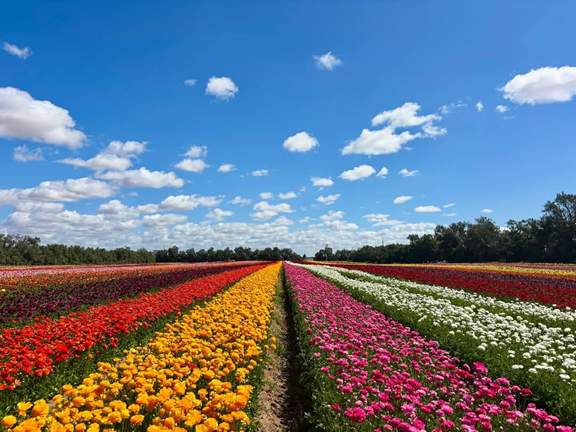This Shabbat, we read two parshiyot that are connected: Acharei Mot and Kedoshim.
Parshat Acharei Mot begins by noting that these words were spoken “after the death of Aaron’s two sons,” Nadav and Avihu, who died when they came too close to God – a tragic event that shook Aaron and the entire nation. The parsha continues with the description of the Yom Kippur service in the Mishkan and Beit HaMikdash, as well as with the prohibitions of forbidden relationships.
Parshat Kedoshim opens with the powerful command: “You shall be holy, for I, the Lord your God, am holy,” and proceeds with a list of moral and social mitzvot that teach how to live a life of holiness within daily life.
This connection between the parshiyot is no coincidence. There is a profound message in their juxtaposition: the Torah teaches that precisely after death, after loss, pain, and brokenness – comes Kedoshim, holiness. From the depths of sorrow can arise spiritual growth and renewed life.
Rashi explains that the word “holy” refers not to some abstract spiritual level, but to separation from forbidden relationships – to setting boundaries. God shows us that holiness doesn’t require searching far and wide. Instead, He gives us a clear list of mitzvot that provide a path to holiness. At the foundation of these mitzvot lies self-control – the ability to pause before acting, to reflect before reacting.
This idea is also seen in the mitzvah of Orlah. The Torah says:
“When you come to the Land and plant any tree for food, you shall regard its fruit as forbidden. For three years it shall be forbidden to you; it shall not be eaten.”
Here too, the Torah teaches us patience – to wait before enjoying the fruit, to cultivate self-discipline. The reward comes only after time and care.
So too in life – there are crises, and there are times when hope seems lost. But with a lens of faith, one can slowly begin to see signs of renewal, the first blossoms of holiness.
Throughout Jewish history, the nation has risen from countless tragedies – exile, persecution, even the Holocaust. And even today – after the immense tragedy of October 7th, a loss of a kind the state of Israel had never known – we are beginning to see signs of rebuilding, unity, and growth.
One beautiful symbol of this is the field of flowers in a kibbutz near the Gaza border – a field that blossomed again, bringing life and color back to a place of grief. It reminds us that even after loss, there is life, there is joy, and there is hope.

May we be inspired by these parshiyot to strive for holiness in our personal and national lives – through sensitivity, boundaries, wise choices, and faith that after “death” can come “holiness.”
Shabbat Shalom,
Yiska Guberman and the JET Team

